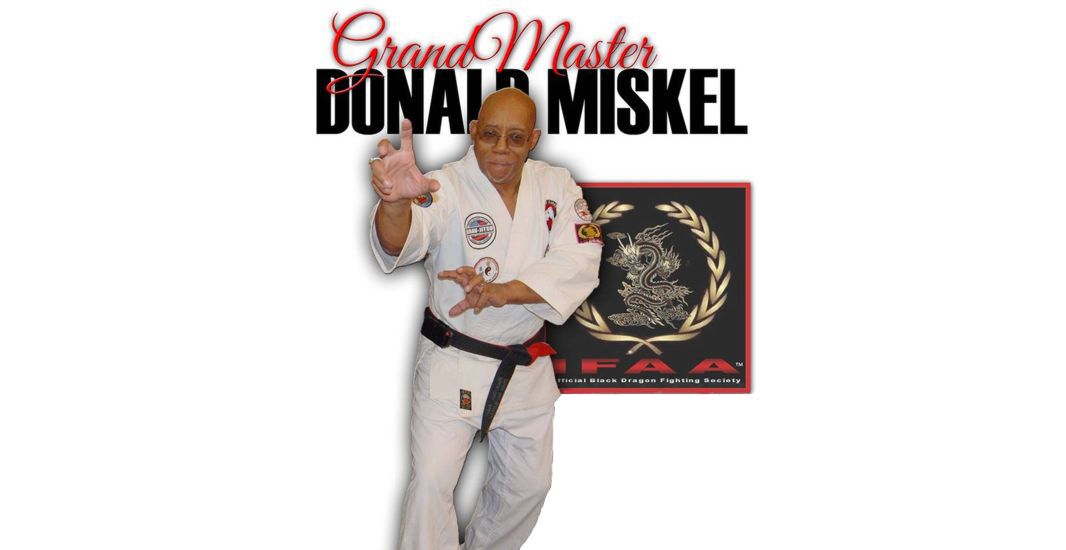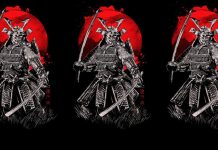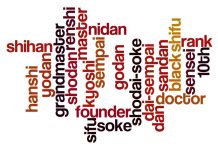Knowledge of combat should be the foundation of any martial arts systems. How we come by that knowledge is the question. It would either require prior training or a good deal of personal experience.
As most of you know by now I don’t buy into the traditional ranking system. In a sense I’m a nontraditional traditionalist. Like many western martial artists I have created my own system. Actually I didn’t create anything. The techniques I use have been used since the martial arts were created in antiquity. Mine is just a difference of application and how I deal with certain situations.
That being said I would like to talk about new martial arts systems in the martial art community. We may not like it and we may question the validity of the arts and their creators but like it or not the phenomenon has become a fact of life. It’s like a brush fire in a dry climate. It’s impossible to stamp them out so we’ll have to find a way to live with them.
All martial art systems are not created equal. How well a system is put together and how well it works depend on a lot of things. Of course every fighting system has to be built on some kind of foundation. Mine came out of a lifelong involvement in the traditional martial arts. In a sense, building on a preexisting foundation.
Knowledge of combat should be the foundation of any martial art system. How we come by that knowledge is the question. It would either require prior training or a good deal of personal experience. Let’s be honest with ourselves. A street fighter that has grown up fighting has a better sense of real combat and what it requires than the dojo trained weekend warrior. A lot of my fellow martial artists would disagree with this but how many of them have stood toe to toe with a seasoned street brawler? I’m not talking about the drunk in a bar. I’m talking about an individual who lives in an environment of constant violence and is a seasoned fighter.
There are fighting systems that have come out of our nations prisons that are well thought out and really dangerous. They were designed to deal with violent people in a violent environment. I would advise a martial art enthusiast to stand toe to toe with one of these combatants before they talk to me about combat. It might be hard to convince some of them but most traditional martial artist have no real concept of combat. Theory doesn’t always translate into reality. You’ll never know how practical your training is until it’s tried by fire. Not many would care to do that. not many should.
The Black Lotus Martial Arts Association and its subsequent arts came about because of the failure of some young black belts in the streets of Chicago. Too many of them were being trashed in the streets. On occasion the failure dealt with the individual but too often the fault was in what they were trained in and how they were trained. Many of them were battle ready if they faced a foe from the feudal era of Japan or Okinawa. Unfortunately those skills didn’t translate to the reality of the streets. The BLMAA began as a collaboration of established martial art masters and instructors who came together to address these failures. That doesn’t make the system that came out of that superior to any other but it addressed the problem.
Another consideration is how innovative is the creator of these new arts. How well thought out is the system? Does it address the problems that it’s created to address and how well? In the end the efficiency of the system justifies it. It either works or it doesn’t.
Too often we determine the acceptability of the art by the lineage of its creator. We might need to accept the fact that no-one has a monopoly on knowledge. It doesn’t matter how it’s acquired. If it’s correct it doesn’t have to be qualified through lineage.
Practicality and efficiency describes an art however it came about. If the creator is good at what he does and can recreate that level of efficiency in others he has a system that should be taken seriously.
Many of us would discard these new martial arts systems piece meal. Instead we should take a closer look at them and see if they are something that should be accepted and perhaps sanctioned by the martial art community. We should realize that they aren’t going to just roll over and die. Not if they have a following. I propose that we find a way to evaluate these systems and determine if they are viable. Instead of rejecting them unseen perhaps we should see if they have anything to offer and if so see what we can do to help them reach their full potential. Most of the creators of these systems won’t want to be regulated by any oversight committee but they may accept any sincere help in getting their systems recognized and to the level where they will be accepted by the martial art community.
I try to offer such an atmosphere within the BLMAA and to encourage the same in the Black Dragon Fighting Society. There should be a place for these martial arts systems and their creators if they have something to offer. Let’s not throw out the baby with the bathwater. Some of the most venerated systems came from dubious circumstances. Everything has to start somewhere. Instead of being elitist and dogmatic in our attitude perhaps we can help see that these systems and the individuals that create them can reach their full potential. They may never be accepted in the traditional sector but that doesn’t mean that they have nothing to offer. Old doesn’t always mean better. Working together we can keep the martial art new and fresh. We don’t want to be stagnant. Let’s work and grow together. I believe that we’ll all profit from it. More can be accomplished through cooperation than through opposition.
God bless you, my brethren. Train hard and go with God.
Rev. Dr. Donald Miskel ThD, DCC, MDiv. Judan Shodai Soke, BLMAA Patriarch and Head of Family, IFAA BDFS Traditional Historian, USAdojo.com






